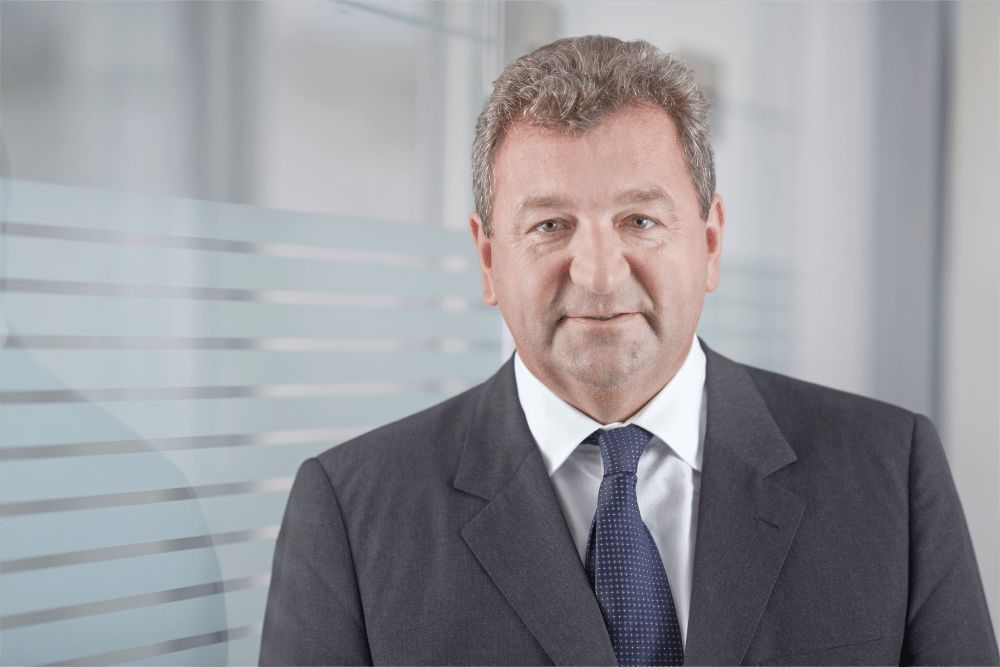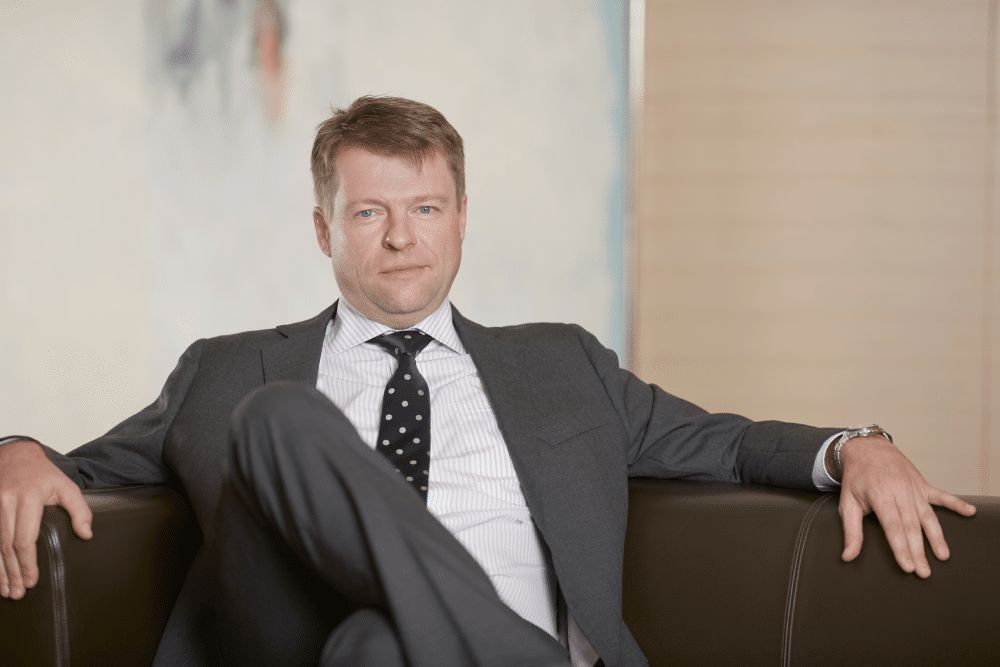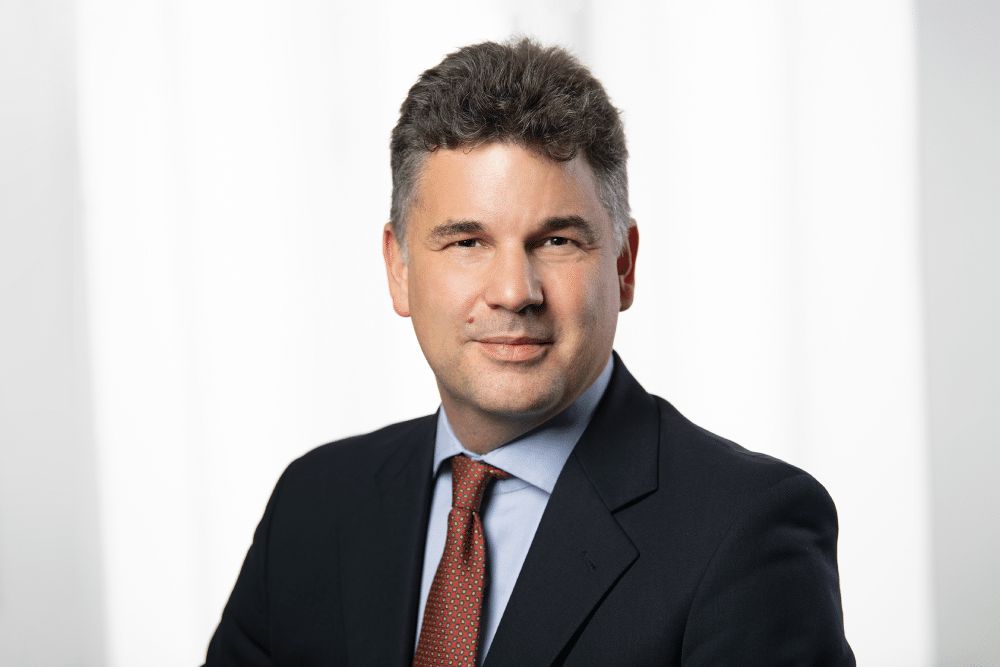Stockholm (HedgeNordic) – Amidst last year’s simultaneous decline in stocks and bonds, commodity trading advisors (CTAs) – trend-following hedge funds that seek to capture up or down market moves – had one of their best years as of late. While the broader trend-following industry struggles to replicate last year’s success in 2023, SMN Diversified Futures Fund, managed by Vienna-based trend-follower SMN Investment Services, is enjoying another solid year.
With a +14.84 percent increase over the first seven months of 2023, SMN’s performance this year is largely attributed to its traditionally higher exposure to commodities and, there especially, alternative markets. The manager has historically maintained greater exposure to commodities markets than many of its peers and was an early adopter of non-traditional futures markets, often referred to as alternative or exotic markets. Moreover, SMN uses synthetic markets, a combination of markets and instruments, too.
“We refer to alternative markets as ‘Structural Alpha’ markets, which include less liquid, less correlated futures, predominately commodities such as oats, rice, coal, German electricity, and South African commodities.”
“We refer to alternative markets as ‘Structural Alpha’ markets, which include less liquid, less correlated futures, predominately commodities such as oats, rice, coal, German electricity, and South African commodities,” explains Michael Neubauer, one of the co-founders of SMN Investment Services. These “structural alpha” markets also include cryptocurrencies, such as Bitcoin, selected money market rates, and dividend futures. “Synthetic markets, on the other hand, are time series built out of our outright future markets, which can be split into calendar and market spreads and baskets (being combinations of future markets),” he elaborates.
Niche Commodities
SMN first introduced the concept of “structural alpha” markets to its trading approach in 2016. These markets primarily consist of commodities that are influenced more by idiosyncratic, local supply and demand factors rather than broader macroeconomic variables such as economic growth or risk appetite. SMN’s Diversified Futures Fund has consistently maintained a significant allocation to commodities over the years, including some niche commodities, which has been particularly fruitful so far in 2023.
Sugar and cattle, for instance, have emerged as some of the most profitable commodity markets for SMN this year. “Niche markets can show stronger trends due to slower diffusion of information, which may, in turn, be due to fewer participants,” argues SMN co-founder Christian Mayer. “The pricing behaviour of these markets tends to behave more beneficial to trend-following signals such as ours,” adds Neubauer. “In addition, these markets increase diversification within the portfolio significantly.”
“The pricing behaviour of these markets tends to behave more beneficial to trend-following signals such as ours.”
However, the main risk associated with investing in these niche “structural alpha” markets pertains to liquidity constraints. This challenge is more pronounced for more niche markets. “The main specific risk is represented by liquidity. If liquidity drops significantly, it could distort our ability to liquidate the portfolio quickly,” acknowledges Mayer. To counter this risk, SMN has implemented stringent liquidity limits for trades and positions, as well as risk limits within the portfolio, accompanied by permanent liquidity monitoring. Consequently, there is a trade-off that forces SMN to impose limited capacity on its vehicles, a deliberate commitment aimed at offering unique diversification to its investors.



“Regarding outright alternative markets, a sudden drop in liquidity is definitely the main challenge,” reiterates Mayer. “Like in all trend following strategies a sudden price shock is definitely one of the main challenges. In the selection of alternative markets our main focus was on their de-correlation from the global risk-on/risk-off cycle due to the special nature of these markets.” Despite SMN’s focused exploration of less widely traded and niche markets compared to others, all commodities and niche instruments are exchange-traded, allowing for the efficient management of liquidity issues. “Given that we trade futures only, there is no need to set up special infrastructure, therefore these new markets do not increase our operation risk at all,” adds Mayer.
Combination of Niche and Classic Markets
SMN’s Diversified Futures Fund returned about 40 percent in 2021, primarily driven by its exposure to commodities, particularly within alternative markets. Despite the fund’s consistent emphasis on structural alpha markets, which significantly contributed to its strong performance in 2021 and its outperformance compared to peers so far in 2023, SMN still recognizes the importance of maintaining a balance by including traditional markets within the broader portfolio. “The optimal portfolio according to risk-return relationship definitely requires the combination of classic and these alternative markets in one portfolio,” explains Joseph Waldstein, Head of Quantitative Research and Risk Management at SMN. “However, if clients are already running some sort of classic markets in their own portfolios, the combination with our alternative markets on a stand-alone basis makes sense.”
“The optimal portfolio according to risk-return relationship definitely requires the combination of classic and these alternative markets in one portfolio.”
While some CTAs allocate a significant portion of their portfolios to more traditional futures markets such as equity indices, equity volatility, currencies, and bonds, SMN has consistently maintained a larger than usual risk-exposure to commodities in the range of 40 to 50 percent. Since 2016, SMN’s balance between commodities and other classic markets depends on a spectrum of variables, including signals related to trend breadth, volatility, correlation, and overall financial conditions. “The uncorrelated returns drive the diversification benefits stemming from these markets,” concludes Waldstein.
Title Pic (c) isak55—shutterstock.com
